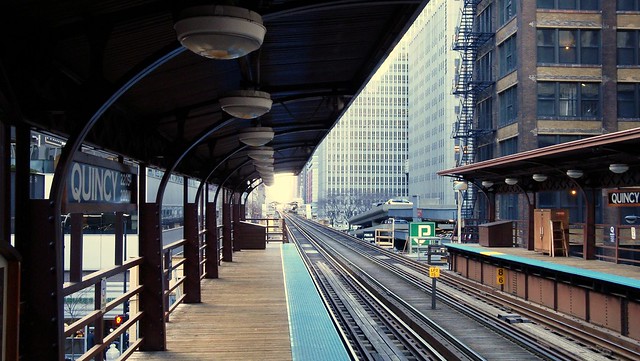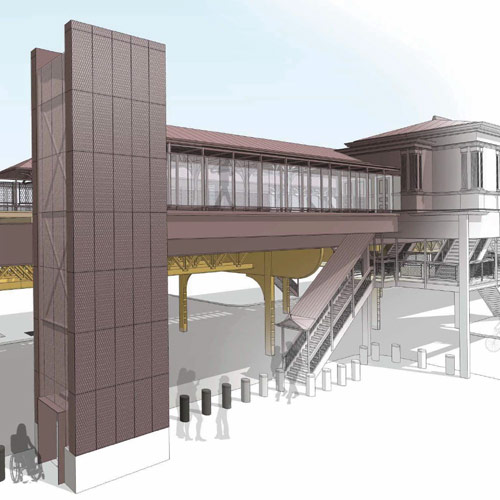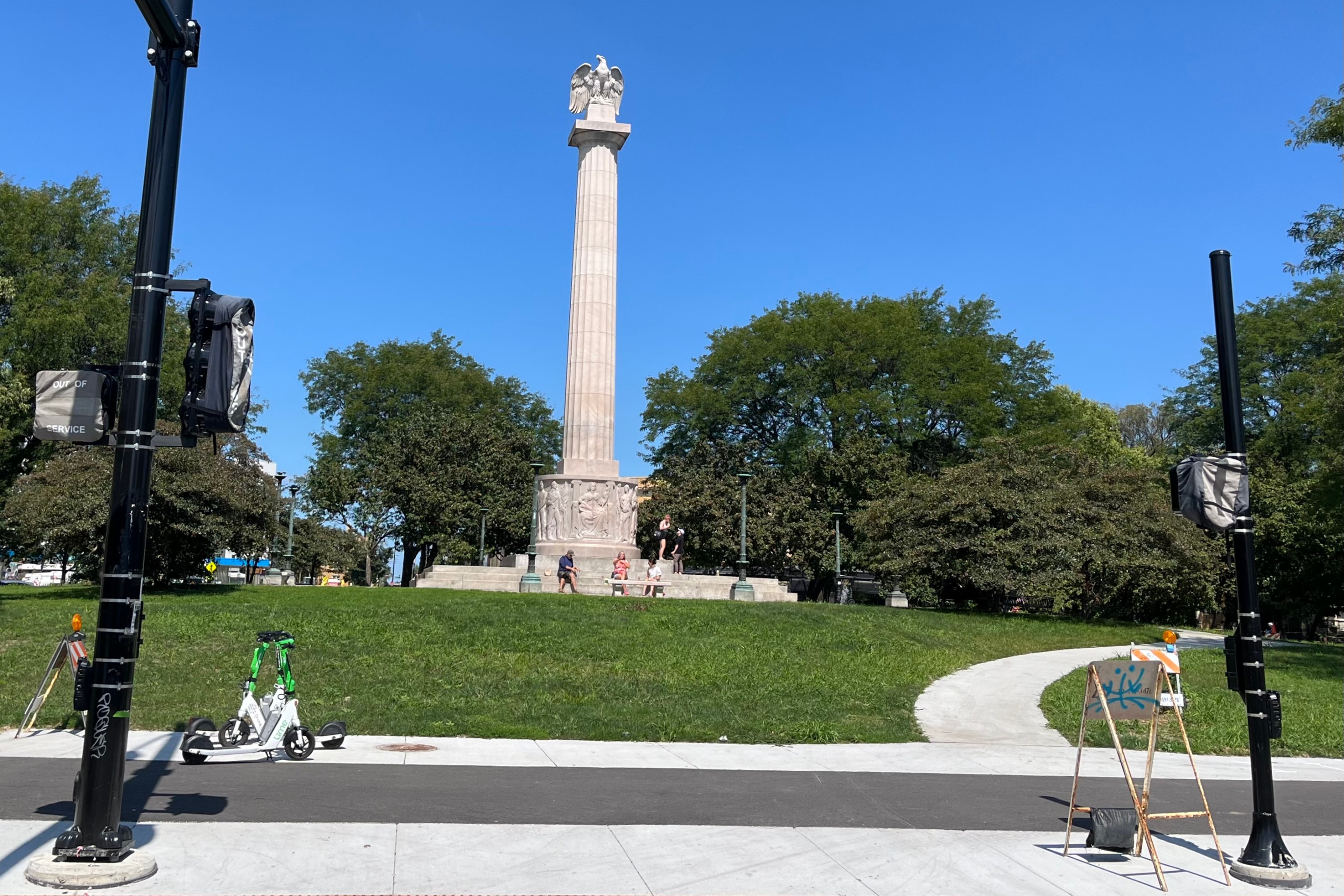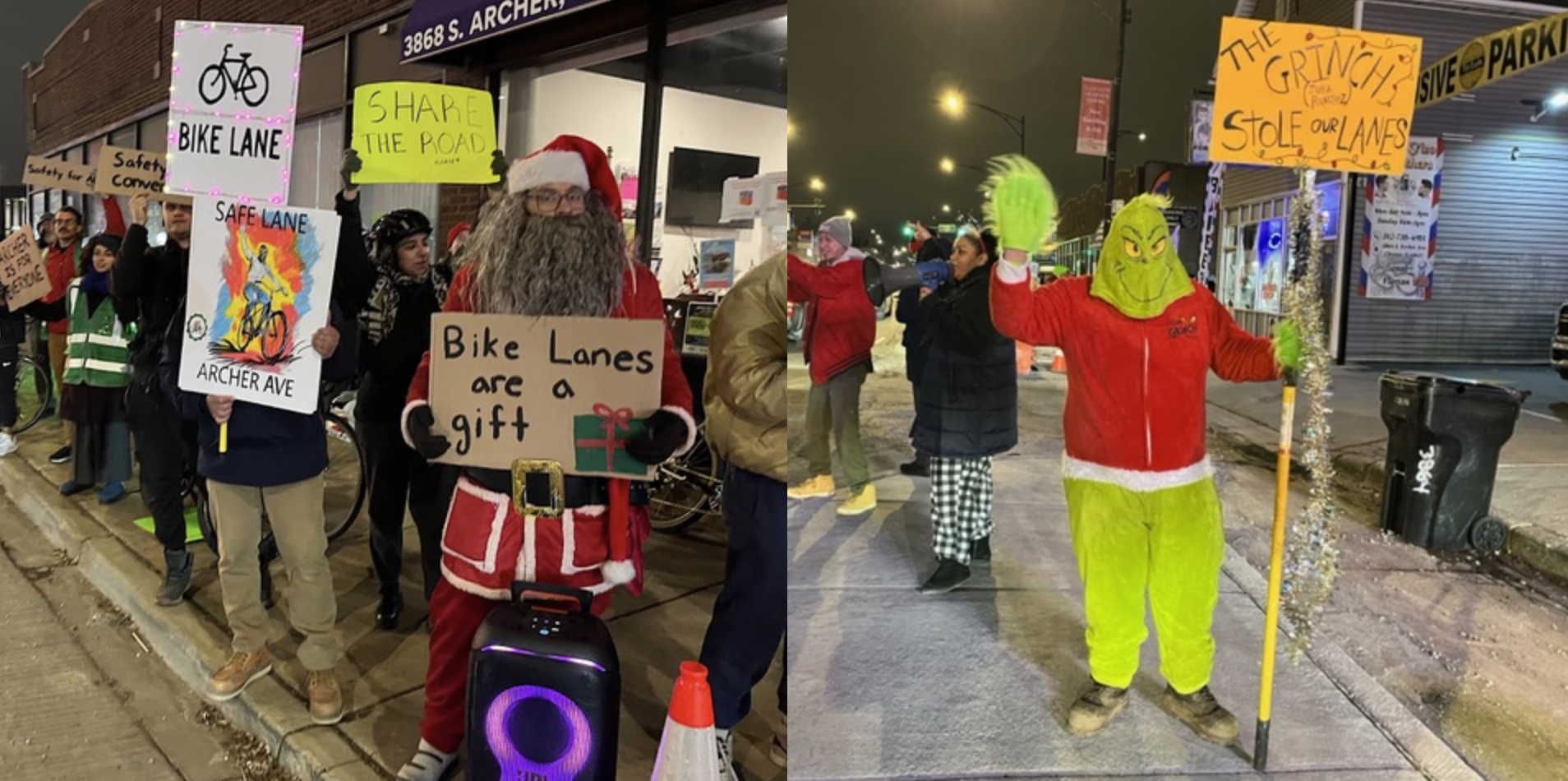This morning the CTA took a step towards making the system more accessible for people with disabilities, as the board of directors approved the construction contract for the rehab of the Quincy Loop station, including the addition of two elevators. Currently, 100 of the CTA’s 145 rail stations (69 percent) are wheelchair accessible.
The board awarded the CTA Quincy Loop Station Upgrade Project contract was to Ragnar Benson Construction, LLC. Work is slated to begin later this year.
Quincy, located on Wells Street between Jackson Boulevard and Adams Street, is one of the ‘L’ system’s oldest and best-preserved stations. It was opened in 1897, back when William McKinley was U.S. president. The $18.2 million rehab will also include stair replacement, painting, lighting improvements and other upgrades.
“The Quincy ‘L’ station has served riders for more than 100 years, providing Chicagoans with convenient access to and from Chicago’s downtown Loop,” said CTA President Carter in a statement. “These improvements will retain the station’s historic appearance while making necessary upgrades including the addition of two elevators.”
Some of the original features of the station that still exist today include pressed metal wreaths and fluted pilasters (rectangular pillars), located on the outside of the stationhouse. The current customer assistant’s booth was rebuilt in the 1980s as a replica of the original ticket agent booth.

Last renovated in 1988, the Quincy stop sees more than 2.2 million riders per year on the Orange, Pink, and Purple Lines. It also serves as a transfer point for ten bus lines, and provides access to Union Station and the LaSalle Street Metra station.
The project is part of the CTA’s Strategic Accessibility Program announced last January, which set a goal of making all ‘L’ stops accessible by 2036. However, some have argued that the agency is not being aggressive enough about adding elevators to existing stations. For example, the $492 million Your New Blue project is rehabbing 11 Blue Line stations, but only one station will be gaining wheelchair accessibility.





